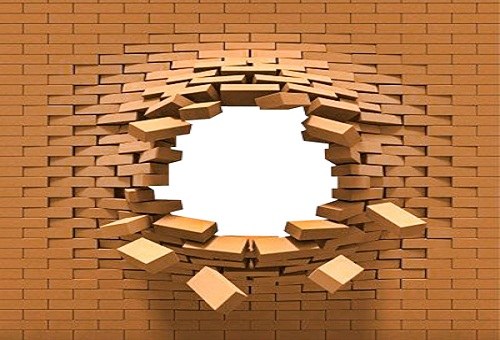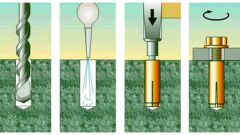You will need
- – sand-cement solution;
- – mesh Netting or steel wire;
- – nails or dowels;
- – construction tool.
Instruction
1
Prepare the wall under plastering. Clean it from dirt, dust, stains solution, remove from the joints the mortar to a depth of about 10 mm.
2
Hammer joints with nails or dowels so that their hats were over the surface of the wall by about 20 mm, and the distance between them in vertical and horizontal direction was 70-100 mm.
3
Attach to the wall the mesh Netting with a mesh size of 50-80 mm, tying it with wire to the hammered nails. When tying make the wire a few turns around the nail and prikruchivayte to it mesh. It needs to be fixed to each nail, only in this case can be provided a strong connection of the plaster to the wall.
4
If the mesh Netting is missing, you can implement reinforcement wire with diameter 2-2. 5 mm, reeling her nails so that she formed a grid with cells sizes the dimensions of which correspond to the distance between the nails.
5
Pay special attention to the reinforcement of corners. Mesh or wire must not have gaps, forming a continuous overlap of the corner. This will help ensure the solidity of the corner.
6
After reinforcement stucture wall sand-cement mortar ratio of 1:3 or 1:4 (cement:sand). The thickness of the plaster shall be such that the nail heads and mesh or wire completely disappeared in her.
7
If the brick wall loses its vertical position, to strengthen its so-called supporting wall in the shape of a triangle or of a trapezoid, installed perpendicular to strengthen the wall from the outside. Such walls are constructed in basements of houses, in order to compensate for the outside soil pressure on the basement.
8
To set the reference wall, lay it under the Foundation with the same depth and with the Foundation of the wall. To provide a connection between the new and old foundations, hammer in the last row of anchors, linking them with valves of a new Foundation. The height and length of retaining walls (sides of the triangle or trapezoid), and their number is not regulated, these parameters depend on the specific conditions.
Note
Reinforced plastering strengthens the wall. In some cases it is sufficient to prevent the destruction of the wall even in case of rupture of the Foundation. However, if the plastered wall will crack this it will mean that a major overhaul is required of the Foundation by digging trenches around it, installing the formwork, laying of reinforcement and pouring of concrete.


